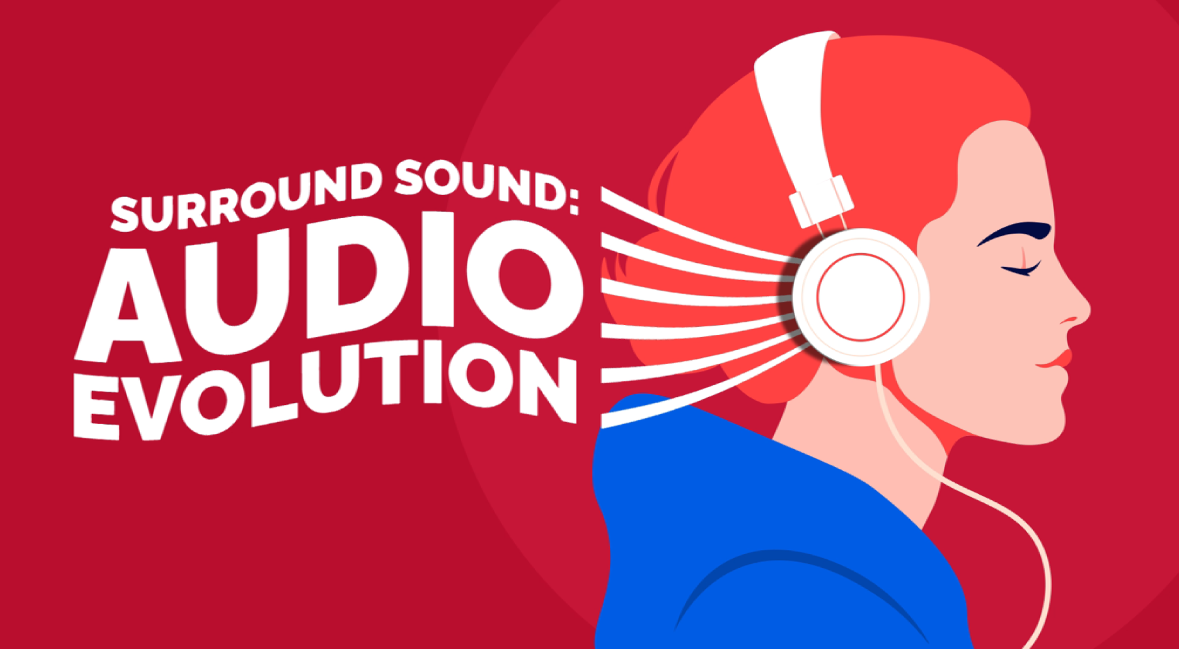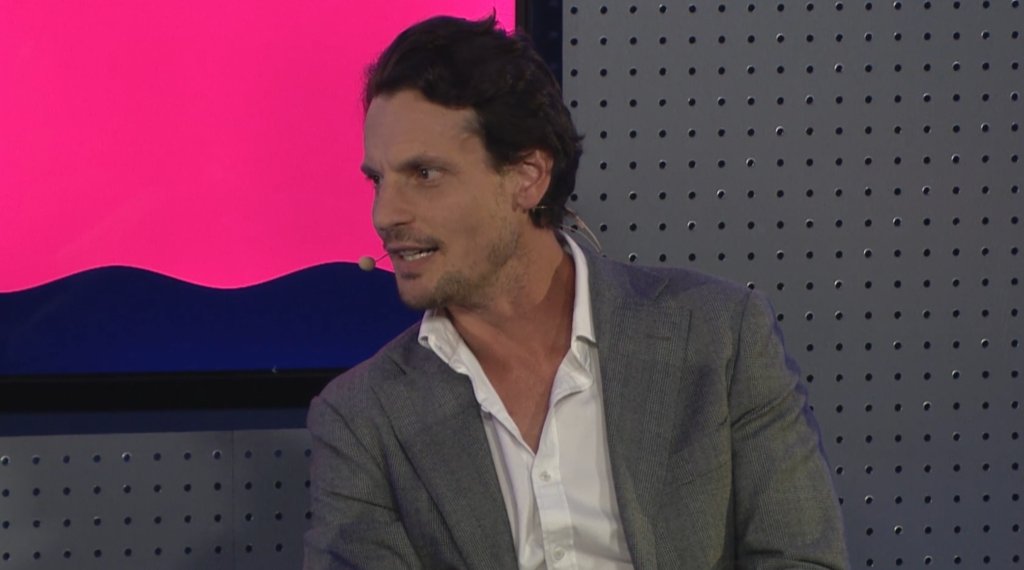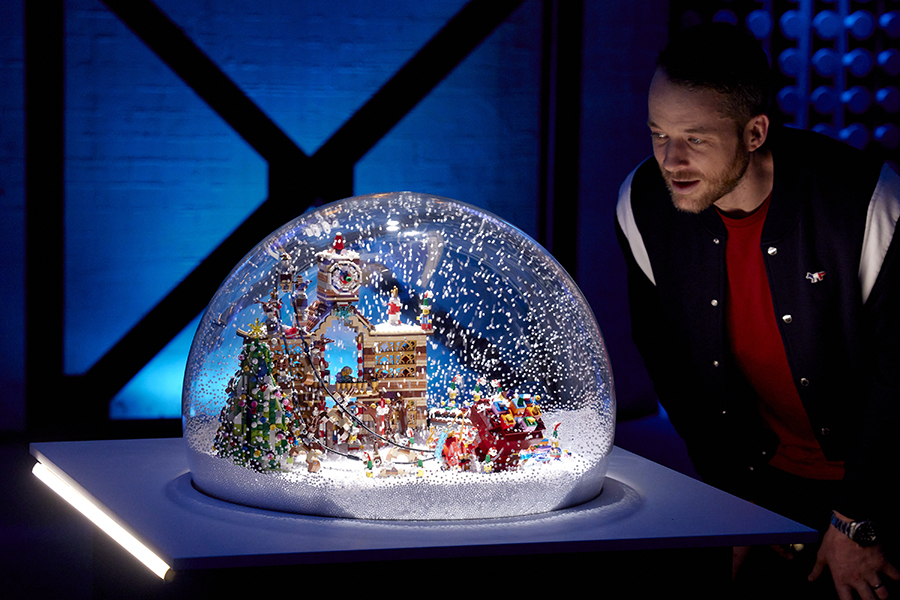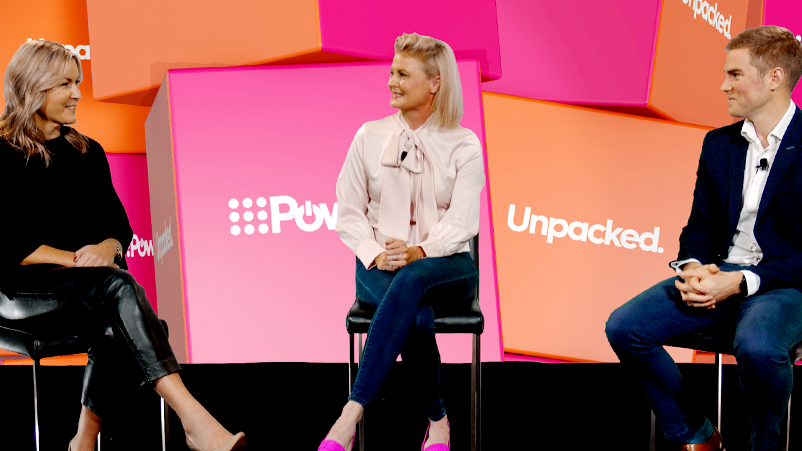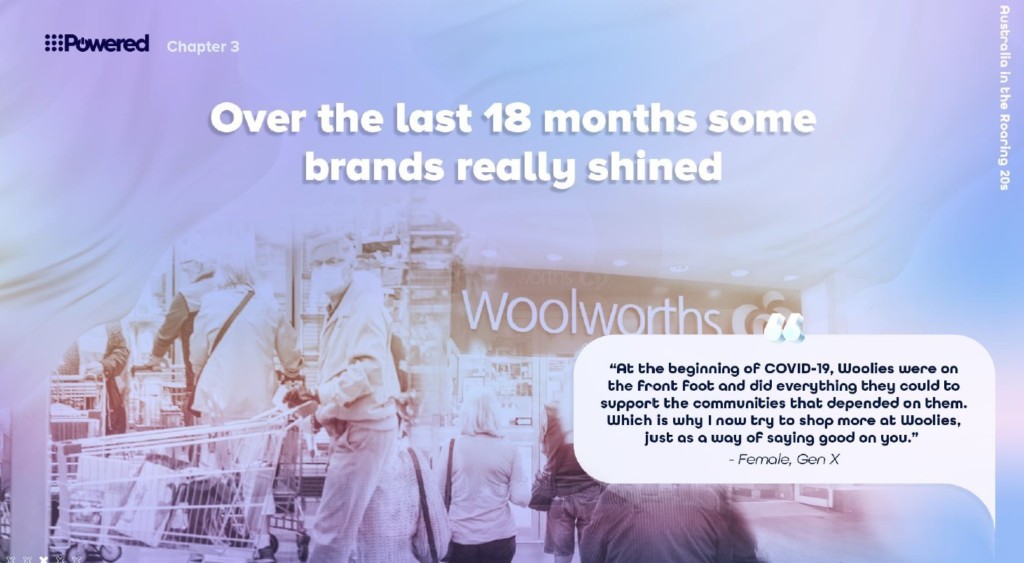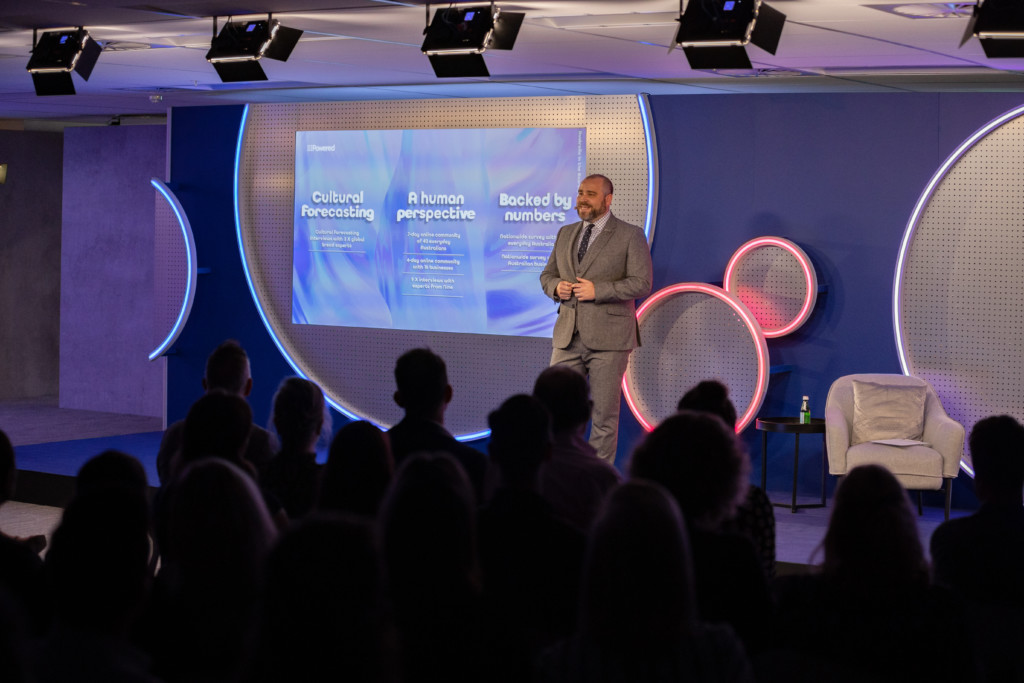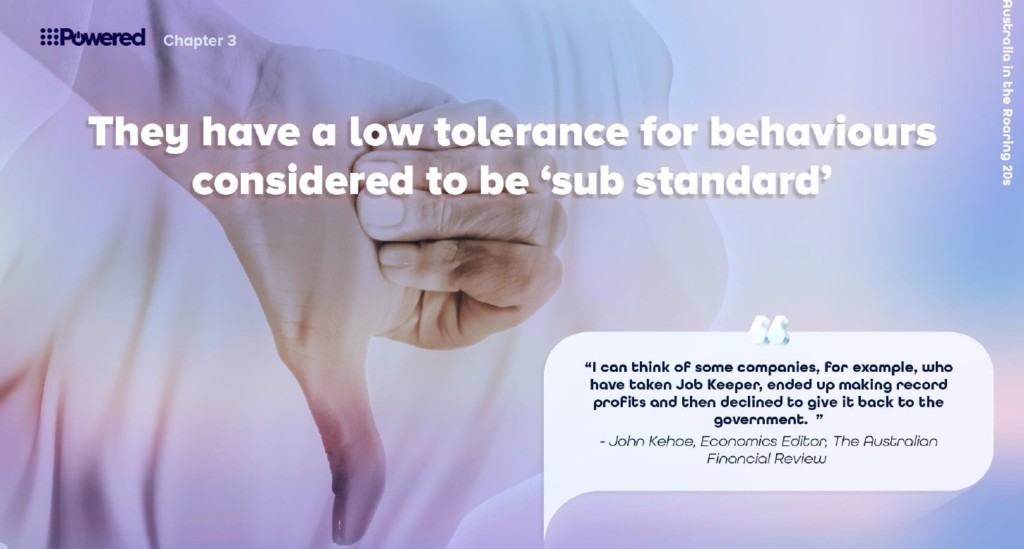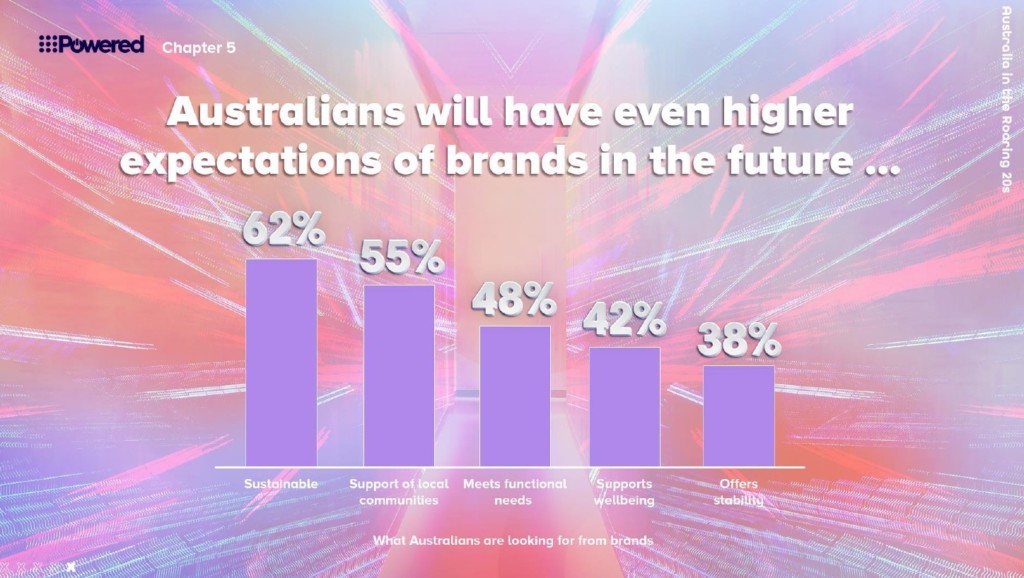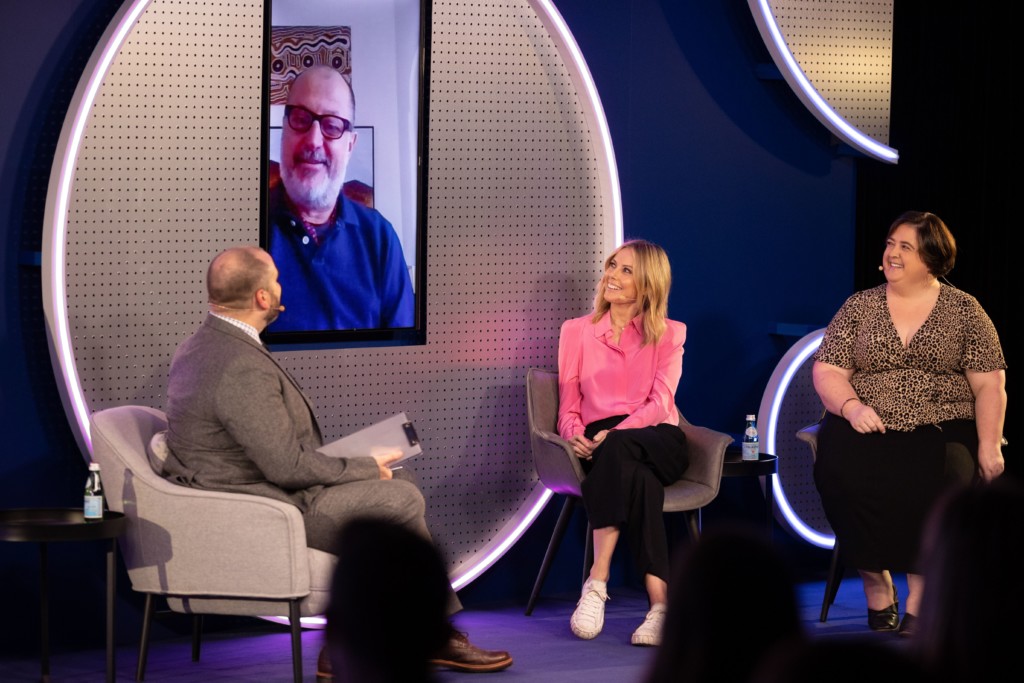With millions of Australians going into lockdown last year, audiences tuned into talk radio in unprecedented numbers and doubled the amount of time they listened to podcasts. As Australia charts a road to recovery, a panel at Nine’s Big Idea Store has heard that a new transformative audio evolution is underway, where advertisers should balance a mass-market approach while embracing the new frontier of aggregated niche via podcasting.
“The role of audio has evolved over time,” said Claire Butterworth, GroupM General Manager of Investment, speaking as part of the Powered by Nine Surround Sound: Audio Evolution panel. “For us, we have a different role for linear radio versus what we do for podcasting and streaming. The role of audio is now really multi-faceted, so there’s so many different ways for us to recommend to our brands and clients that can amplify through different metrics. We look at the roles very differently and how they can contribute to an overall outcome.
“We also look at how people engage with audio and its different opportunities within the broader audio strategy. It’s an exciting time for audio and I’m really pleased with the progression of the last two or three years. We are now almost at a place where we can look at an overall audio ROI result.”
Future Women founder Helen McCabe said the explosion of podcasts now on the market means podcasters need to be at the top of their game for brands to get the best results.
“We’re at a moment in time where professional interviewers and podcasters are really coming to the fore,” she said. “The quality of productions is now becoming important, and in terms of scale it is a very crowded market and you need to be absolutely brilliant at what you do. The craft has to be very well honed … you are competing with the best in the world, so I would certainly caution anyone who’s a budding podcaster as it’s a tough space to get a good audience. That said, it’s a fantastic space for a niche audience that speaks to your brand and to your needs.”
While the uptake of podcasts – and the introduction of audio apps such as Clubhouse – has grown rapidly, talk radio continues to be the dominant audio platform for brands.
“The audiences are very engaged in talk radio,” explained panellist and 3AW Breakfast host Russel Howcroft on why talk radio is a powerful tool for brands. “My experience is that the audience is incredibly sticky and advertisers are actually part of the show. They become embedded in the audio soundscape that is the program.
“The real powerful thing is that the audience sees talk radio as theirs and they want to participate. Advertisers contribute to the program, the public contributes to the program, and of course the host tries to drive the bus. All up it makes for a powerful medium for the audience but also a really powerful medium for advertisers.”
For GroupM’s Butterworth, traditional linear radio’s unrivalled understanding of how their hosts can drive listeners’ connections to a brand is something niche audio platforms can learn from.
“What works really well for radio is the comparable use of talent,” she argued. “That’s a unique proposition which other channels aren’t able to offer. The correlation and the relationship between the brand and the product and the messaging can be intrinsically linked and empowered by that talent.”
As the audio market continues to fragment and brands decide where to put their marketing dollars, a holistic approach and taking a “sum of all parts” outlook may benefit brands and platforms.
“You’ve got the linear radio scale, which has the immediate response and the scalability and delivers to the masses,” explained Butterworth. “But it is a mass, crude audience, not a lot of segmentation and dynamic optimisation behind it, which is where podcasting and streaming comes in.
“In terms of scalability, from a GroupM perspective it’s about creating a marketplace of supply so that you can overcome the limitation in scale and it becomes the sum of all parts. It [podcasts] can be very niche, but it’s also very personalised because when you are looking at podcasting it’s a very individual choice and there’s a one-on-one relationship that you have.”
But marketers and advertisers need to stay more focused than ever to find the ears of their target listeners in a niche environment.
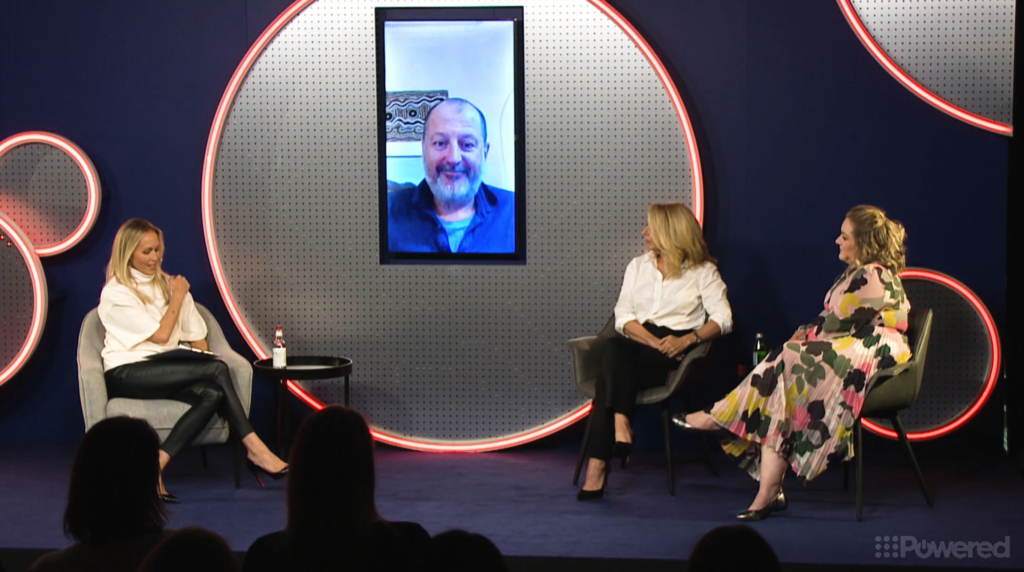
“As an advertiser, you need to be in it for the long haul. Back the content, because you believe that content is going to be attractive to the audience you want, and stay with it for the long haul,” said Howcroft. “Brands should remember that the podcasting they are attaching themselves to is because the audience has great interest in that content. They have far greater interest in that than the advertising, so pick the content you can piggyback on and as a result of that piggybacking you can get the halo effect of that content.”
With audio now entering a golden era of evolution, advertisers need to be “relentless and diligent” about their brands’ sounds, according to Howcroft.
“We often underestimate the power of audio,” he said. “If we just think about a nursery rhyme that we learnt when we were three-years-old, I can say ‘London bridge is falling down’ and everyone would know the rest of the song. Audio is an incredibly powerful way to invoke memories. Brands have known this for a long time; they attach audio to their brands and receive immeasurable results off the back of it.”


